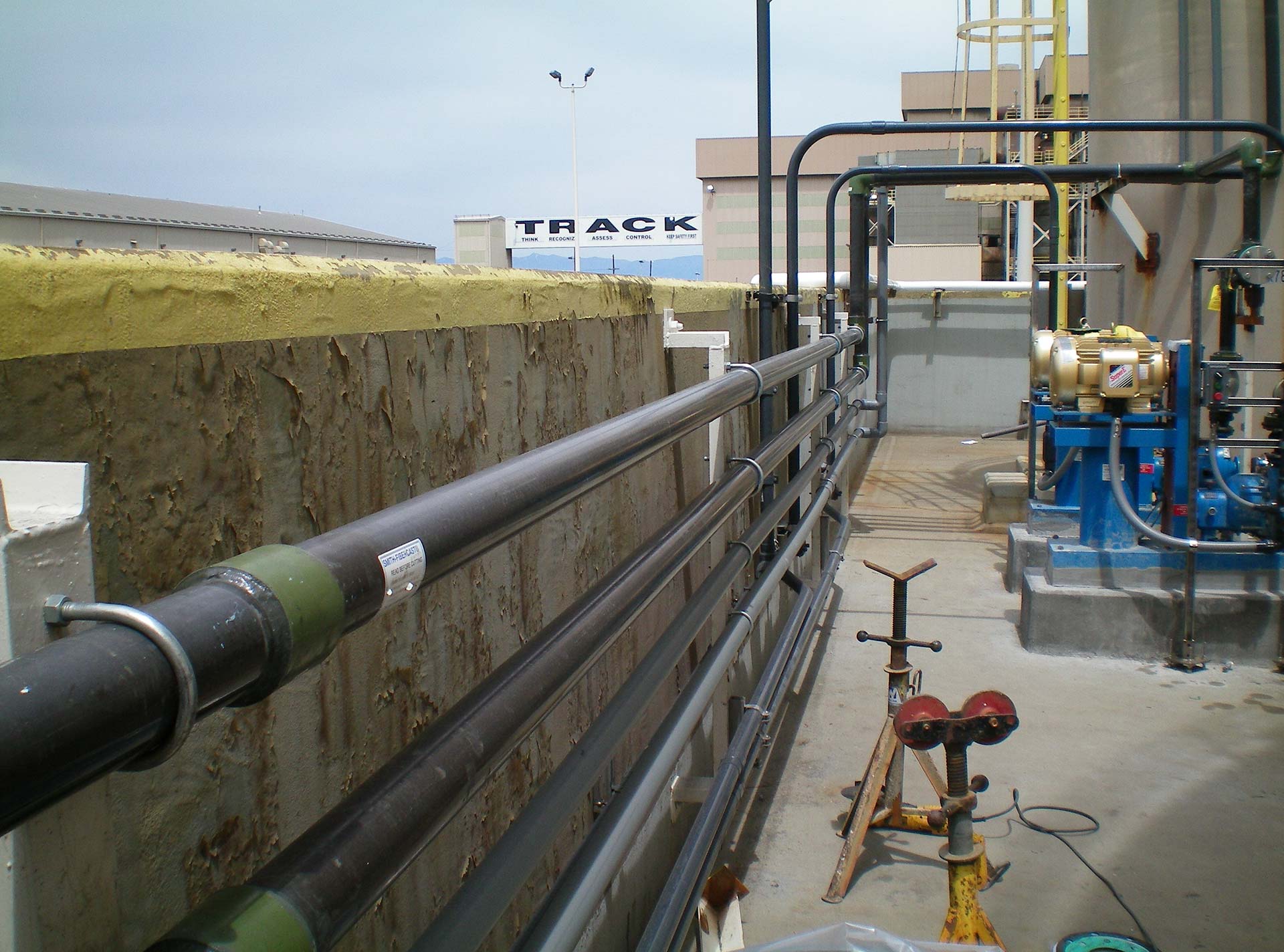Z-Core Fiberglass Pipe
The exceptional chemical resistance of Z-Core fiberglass-reinforced pipe means a longer service life than pipe made of traditional materials, especially in aggressive solvents and acids.
Description
Specifications
Resources
Z-Core Data Sheet
Z-Core Piping System Spec Sheet
Secondary Containment Pipe and Two-Piece Fittings Data Sheet
Chemical and Industrial Piping Systems Brochure
Mining and Milling Brochure
Centricast Piping System 1"-14" Fittings and Accessories Catalog
Fiberglass Engineering and Piping Design Guide
Acid Piping (Tennessee) Case Study
Chemical Process Lines (Texas) Case Study
Comision Federal de Electricidad (Mexico) Case Study



